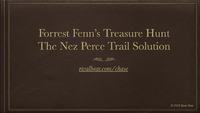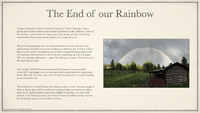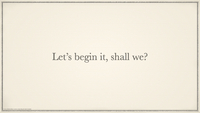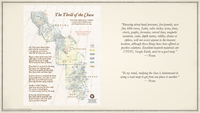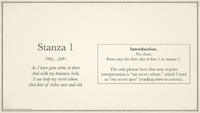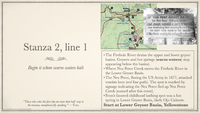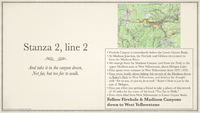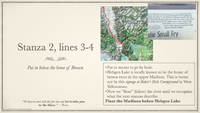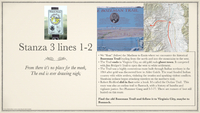| Jump to the Walkthrough | Learn about the Strategy | Subscribe to the Mailing List |
Background
I began hunting for Forrest Fenn’s treasure in Spring of 2018. I thought I had a pretty good chance based on my decent experience in the outdoors, a love of the Rockies, a severe lust for maps, and a strong aversion to sleeping comfortably. And my last name is Hunt, for crying out loud.
Researching geography and executing expeditions for two summers was exhilarating, precisely in the way working at a desk was not. I took to it like a fish to water, and I even found a way to add a completely unnecessary level of challenge and frustration to the endeavor by picking up a fly rod again. “Didn’t you just come back from Montana?” Fly fishing. Hatch is on, of course. The best lies are the ones that are true.
Now in June 2020, Fenn has announced the treasure was successfully recovered. I am happy to see a conclusion and congratulate the anonymous finder. But with the chase over, I am left with this last pile of research leading to one last dead end.
What follows is my final theory, interesting enough to share. Strong enough, I believe, that in July 2020 I would have marched right over dozens of fallen trees on an ancient Indian road in the middle of nowhere, to a spot I left behind. I am sharing because, as much as I hope it is wildly wrong, it would be horrifically funny if even mildly accurate.
The Solution Walkthrough
Over two years I wrote about 120 pages of notes and collected about 20GB of documents and media, plus a small number of books and maps. All of that can’t fit on a powerpoint slide. What’s included in this walkthrough sweeps over many details and bits of evidence to fit the slide format. I tried to make it a fun read as much I tried to make it a persuasive argument. The first half is on the site with the full solve available by email.
Even if this turns out to be wrong, I hope you think it is an interesting read nevertheless. And I hope, perhaps, it will inspire you to chase down your own threads through geography and history.
It should be clear by the end that children have a distinct advantage in the Fenn treasure hunt. They get to sit there and look out the window, and they get to notice things a driver might miss. Things like historical routes.
Strategy
I tried to follow 6 principles while doing research:
- Develop as many interpretations as possible for each line & stanza of the poem.
- Because each clue hinges entirely on the one before it, put more effort on the earlier clues.
- Favor interpretations that lean on Fenn’s background, interests, and quotes.
- Favor more specific interpretations over those with many potential physical locations. The more valuable interpretations are those that eliminate more possibilities.
- Avoid steps that require “specialized knowledge,” unless that knowledge can be discovered on site (e.g. from reading an interpretive sign).
- For the end point, favor locations that are easier to physically reach.
